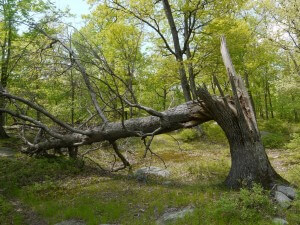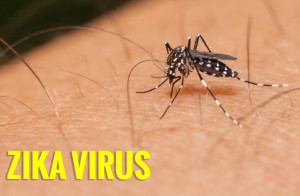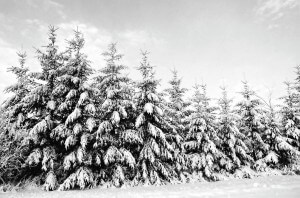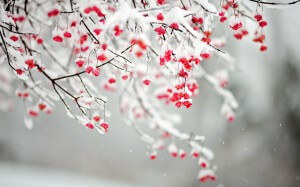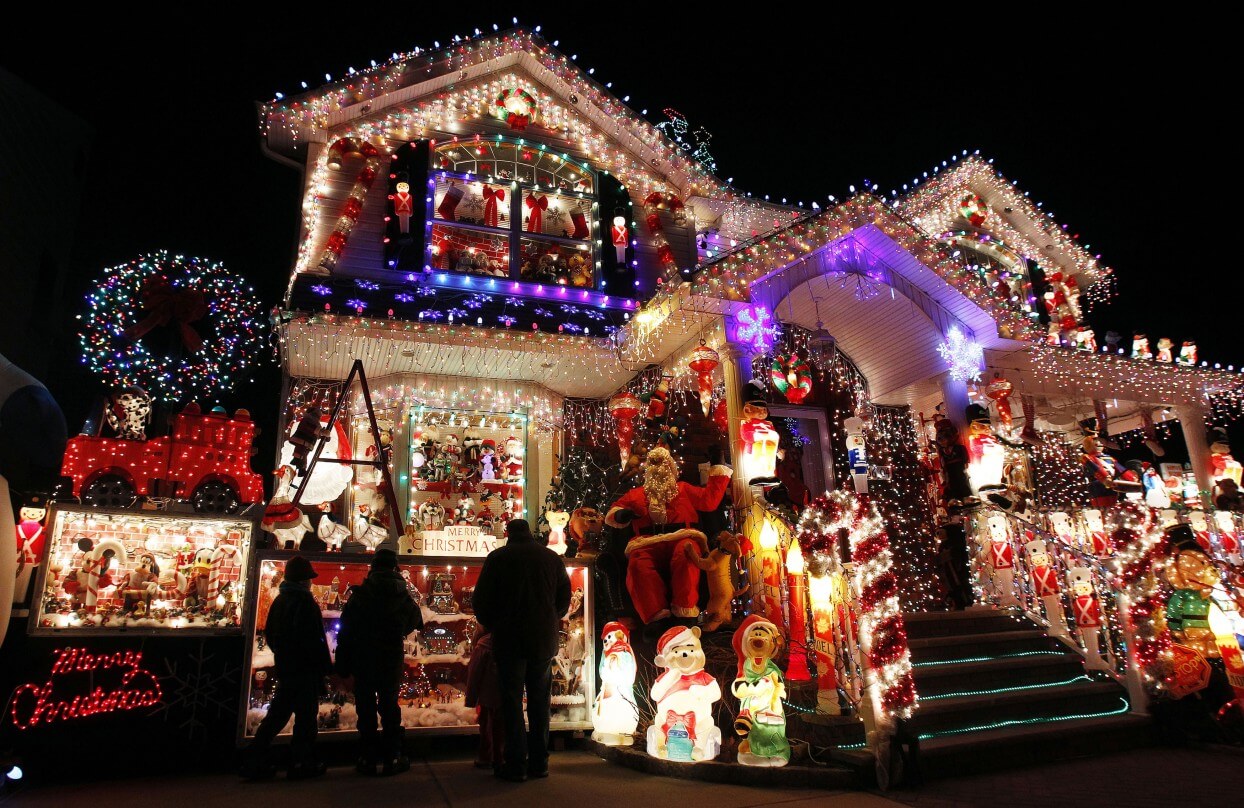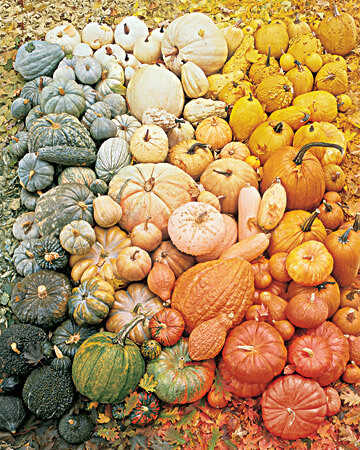A mature tree can account for as much as 10% of your assessed property value, depending on your market, but sometimes a valuable tree uproots. It may seem like these things happen without warning, but your trees often tell you when there is a problem.
If you think your trees are changing, or you see any of the major warning signs above, they could be “hazard trees” — trees likely to fall and destroy what’s near them — like your house.
This is a good time to call a certified arborist.
An arborist can help save your tree, or let you know if it’s beyond help. For example, bacteria or bugs could be harming your tree, and an arborist’s inspection can diagnose which disease, trauma, or fungus is the culprit. An arborist also can determine if your tree is decaying internally, something that may not yet be obvious.
Aborists can either fix the problem, or calculate the risk of the tree falling and the likely objects it could damage. That calculation will help you decide if it’s worth spending money to keep the tree alive and upright, remove the tree, or just let nature take its course and topple the tree at will.
Inspect Your Trees
- Inspect all sides of the tree, both up close and from a distance.
- Check for cuts in or peeling bark.
- Inspect the tree’s crown for dead wood and brown leaves.
Here are some examples for when you should call a certified arborist:
Leaning Trees
Trees usually don’t grow straight, and a little lean is normal. But when your tree starts looking like the Tower of Pisa because of poor weight distribution or anchor root damage, it’s likely unstable. This is a good time to call an arborist.
When to call an arborist
- Cracked or heaving soil, especially on the side opposite the lean.
- Exposed roots around the base of the tree.
Multiple Trunks
A tree with multiple trunks, or with splits in one trunk, can be unstable.
When to call an arborist:
- V-shaped or U-shaped multiple trunks are weak points for mature trees. The connective wood where the trunks come together may lose strength — and be more likely to split — with age and when storms occur.
- Cracks that extend deeply into or through the trunk.
Construction Damage
Construction is tough on trees. Installing a driveway, putting on an addition, and digging up utility lines puts nearby trees under stress. Construction can damage shallow feeder roots, starving and destabilizing the tree. Construction equipment can scrape tree bark, providing a gateway set for disease and infestation.
When to call an arborist:
- Damaged bark
- Reduced, smaller, or no foliage
- Premature autumn color
- Mushrooms, conks, and carpenter ants at the base of the tree are a sign of decay and rot.
